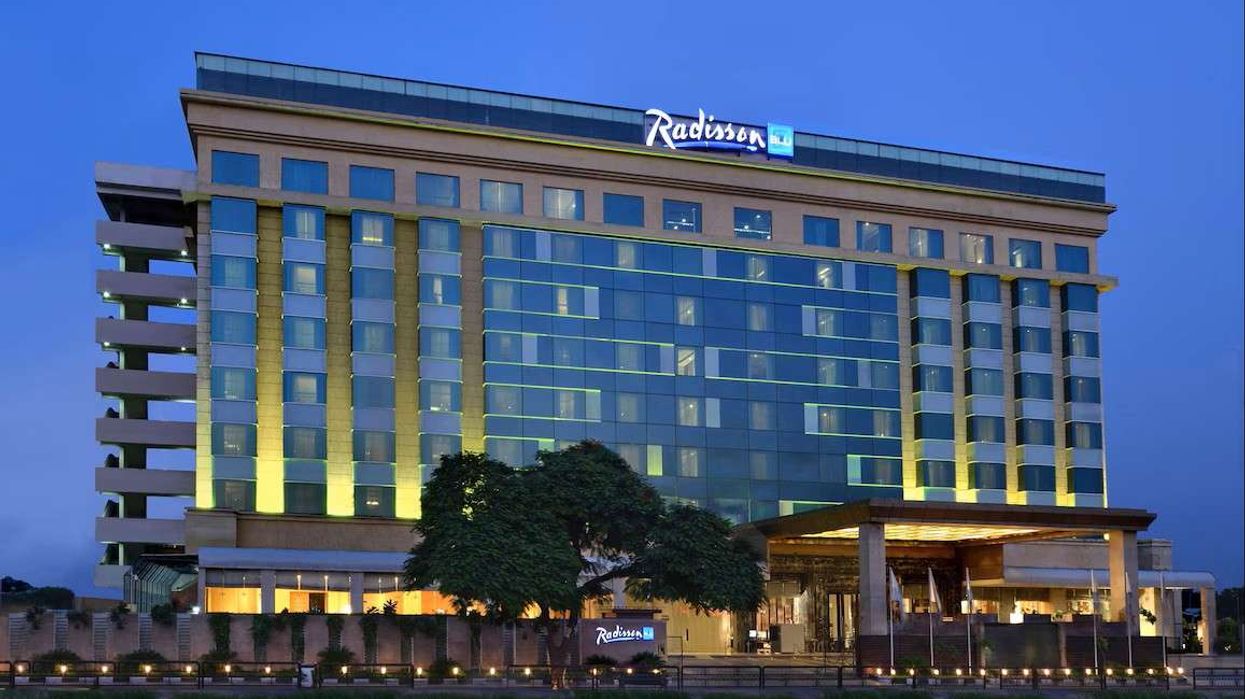Labor unions and activists announced a “DC Living Wage for All” campaign to support the ballot initiative. The district’s minimum wage is $17.50, WJLA reported, citing the MIT Living Wage Calculator. Labor advocates said rising costs for rent, groceries and other essentials make it difficult to live in the city they serve.
Meanwhile, the initiative would apply to both tipped and non-tipped workers.
The move comes months after the D.C. council partially repealed Initiative 82, which would have capped tipped wages at 75 percent of the minimum wage by 2034, NBC4 Washington reported. Tipped workers would have been required to earn the full minimum wage by 2027.
Labor leaders said the new measure would “reverse the economic harm” caused by the council’s decision.
“Families across all eight wards are facing surging rents, rising food costs, record transit expenses and some of the highest child care costs in the nation. Wages have not kept pace, and the council’s decision to overturn the will of voters on Initiative 82 pushed thousands of workers back into poverty pay,” organizers said in a news release, according to NBC4 Washington. “While corporations post record profits, too many workers in the District are working multiple jobs to survive, falling behind on rent and loan payments, and living paycheck to paycheck under the nation’s highest cost of living.”
A single adult with no children in the District needs at least $25.98 per hour to meet basic expenses, according to the MIT Living Wage Calculator. Organizers called it an “affordability problem.”
“What we’ve seen compared with before the pandemic is prices are up,” Michael Negron, a senior fellow at the Center for American Progress, told 7News. “Nationally, home prices are up 50 percent, rent is up more than 30 percent, and grocery prices are up about 30 percent compared with before the pandemic.”
“I think working people far outnumber those against a minimum wage increase, and we’re going to win that fight come November,” Paul Schwalb, executive secretary-treasurer of Unite Here Local 25, told 7News, according to WJLA. “There will be a fight, but it will clarify that the current wage does not support workers and their families and that the solution is raising the minimum for tipped and non-tipped workers.”
“D.C. is one of the most expensive cities in the country,” Negron said. “Workers’ wages aren’t enough to support a basic standard of living, while businesses face higher costs and lower foot traffic.”
He also said that wage increases outpacing inflation could strain small businesses.
District voters in 2022 approved a gradual wage increase for tipped workers, WJLA reported. In 2025, amid disputes between restaurant owners and workers, the D.C. Council paused the increase after business owners cited narrow margins. Protests followed the council’s passage of an amended Initiative 82 in July. On July 1, D.C.’s minimum wage rose to $17.95 per hour, while tipped workers are paid $10 per hour plus tips.
Ward 4 Councilmember Janeese Lewis George has announced a mayoral run and voted against the amendment limiting wage increases, WJLA reported. Organizers expect the proposal to appear on the November 2026 ballot, pending the legislative process.
In September, a petition seeking a referendum on Los Angeles’ proposed “Olympic Wage” ordinance, which requires a $30 minimum wage for hospitality workers by the 2028 Olympic Games, fell short of the required signatures, according to the Los Angeles County registrar. The ordinance will take effect, raising hotel worker wages from $22.50 to $25 next year, $27.50 in 2027 and $30 in 2028.













